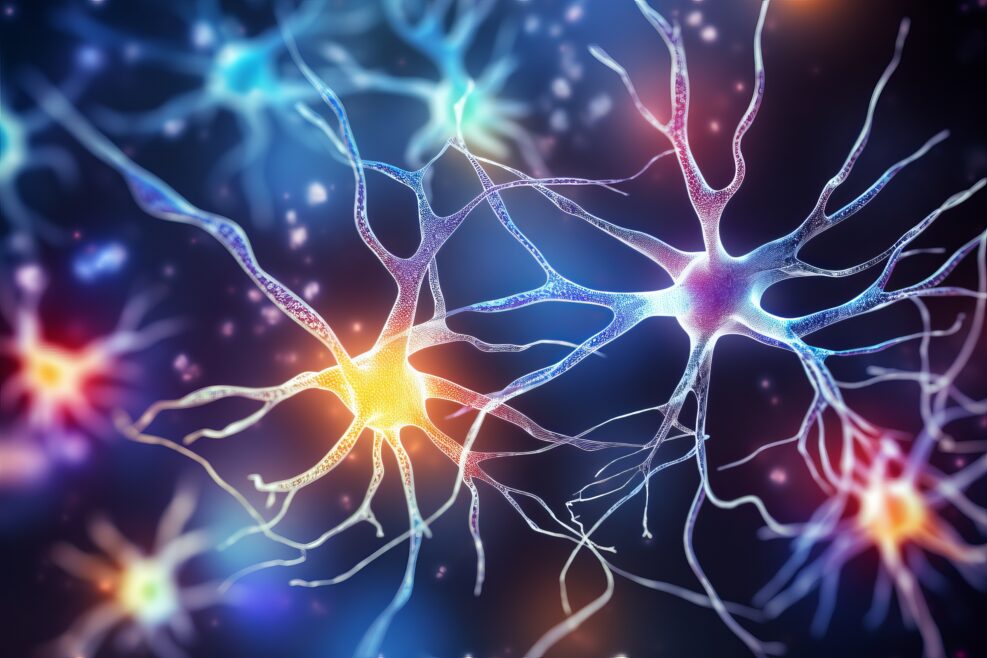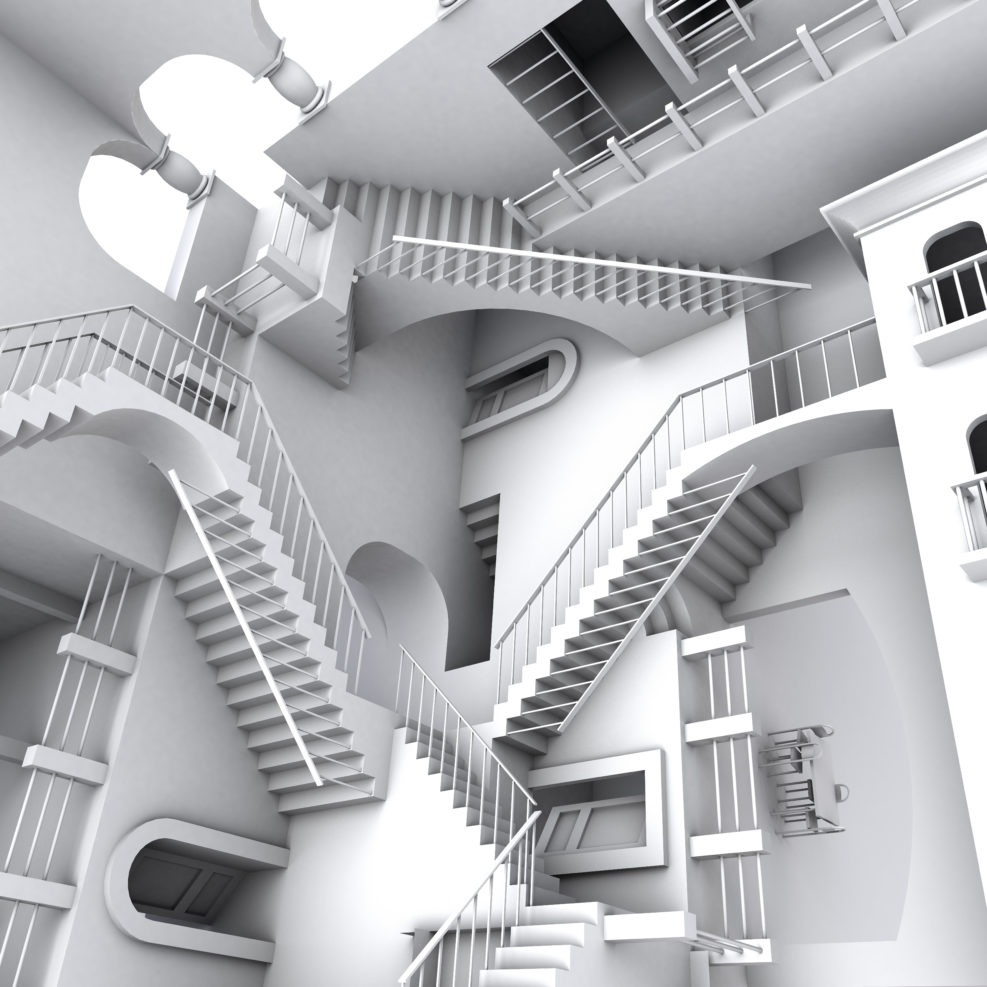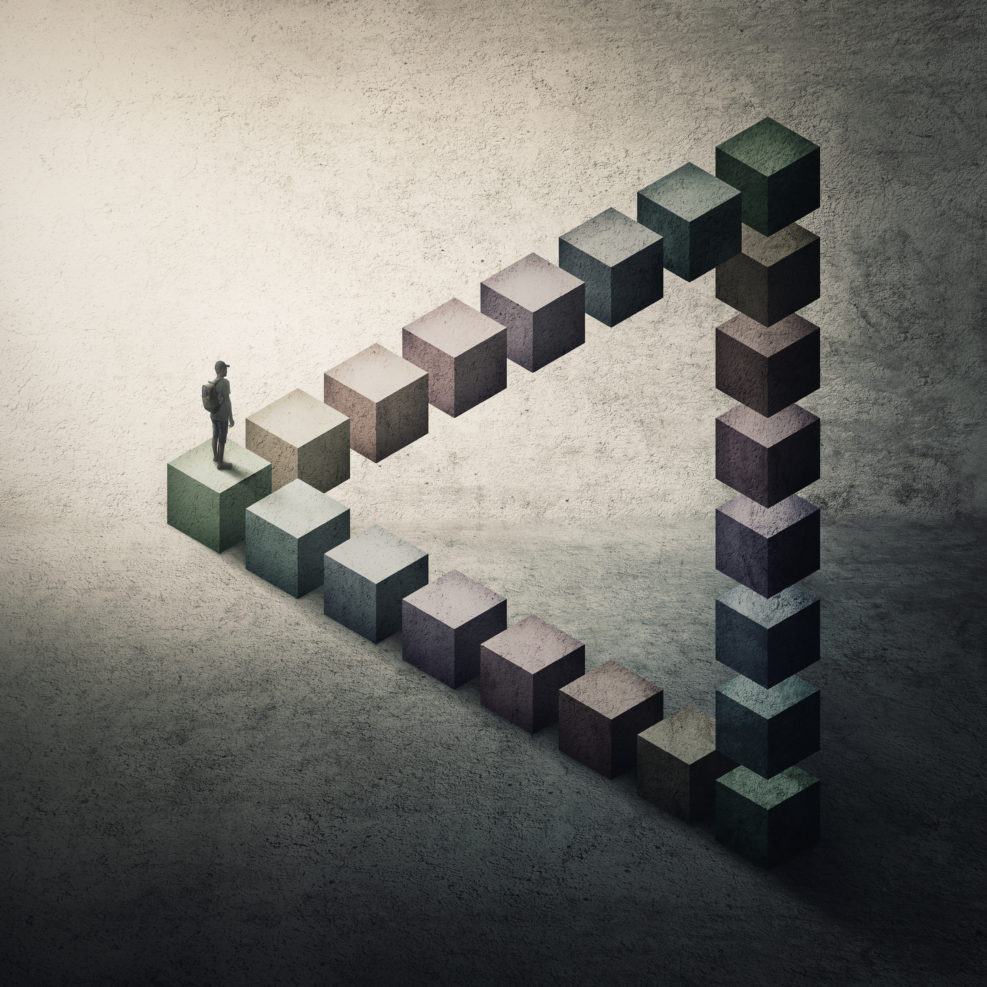
TagCloser to Truth


When the Computer Tried Being a Mind, It Almost…
Philosopher Andy Clark offered to explain the popular computational theory of mind to Robert Lawrence Kuhn — but then a gap appeared
Neuroscientist: How the Brain-as-Computer Myth Led Science Astray
Michael Merzenich explains neuroplasticity — how the brain organizes itself in detail — to Robert Lawrence Kuhn at Closer to Truth
Philosopher Explains How We Can Know That Consciousness Is Real

How Surreal Artist MC Escher Influenced Physicist Roger Penrose
Escher’s mathematical art was all the more remarkable because he had no formal training in mathematicsLast month, Robert Lawrence Kuhn interviewed eminent British mathematical physicist Sir Roger Penrose on a number of topics, including the influence of surrealist artist M. C. Escher (December 9, 2022/32:00 min). Here is a transcribed selection from the second part of the discussion in Part 1 above*, beginning around the 12-minute mark, with some notes: Robert Lawrence Kuhn: We talked about the impossible Penrose triangle which really opens up another area of your life in terms of visual representations of remarkable things. Penrose tiling really new ways of thing of seeing visual representation of fiery fundamental geometric and algebraic transformations and things. But what I wanted to ask you is, as youdeveloped that you had this interaction with the artist Read More ›

Nobelist Roger Penrose Talks About His Impossible Triangle
At Closer to Truth, the mathematical physicist explains to Robert Lawrence Kuhn how he understands the relationship between mathematics, the mind, and the physical worldLast month, Robert Lawrence Kuhn interviewed eminent British mathematical physicist Sir Roger Penrose on the relationship between mathematics, the mind, and the physical universe (December 9, 2022/32:00 min). Penrose likes to illustrate the relationship between the three with an “impossible” triangle (see below). Here are a couple of transcribed selections from the first part of the discussion in Part 1*, concerning the Penrose Triangle, with some notes: Robert Lawrence Kuhn: Let’s start with your grand metaphysical framework, your three worlds — three mysteries: the physical world, the mental world, the platonic or mathematical world — each connected to the other two in your famous diagram of an equilateral triangle. What’s the origin of this vision of yours of foundational reality? Read More ›